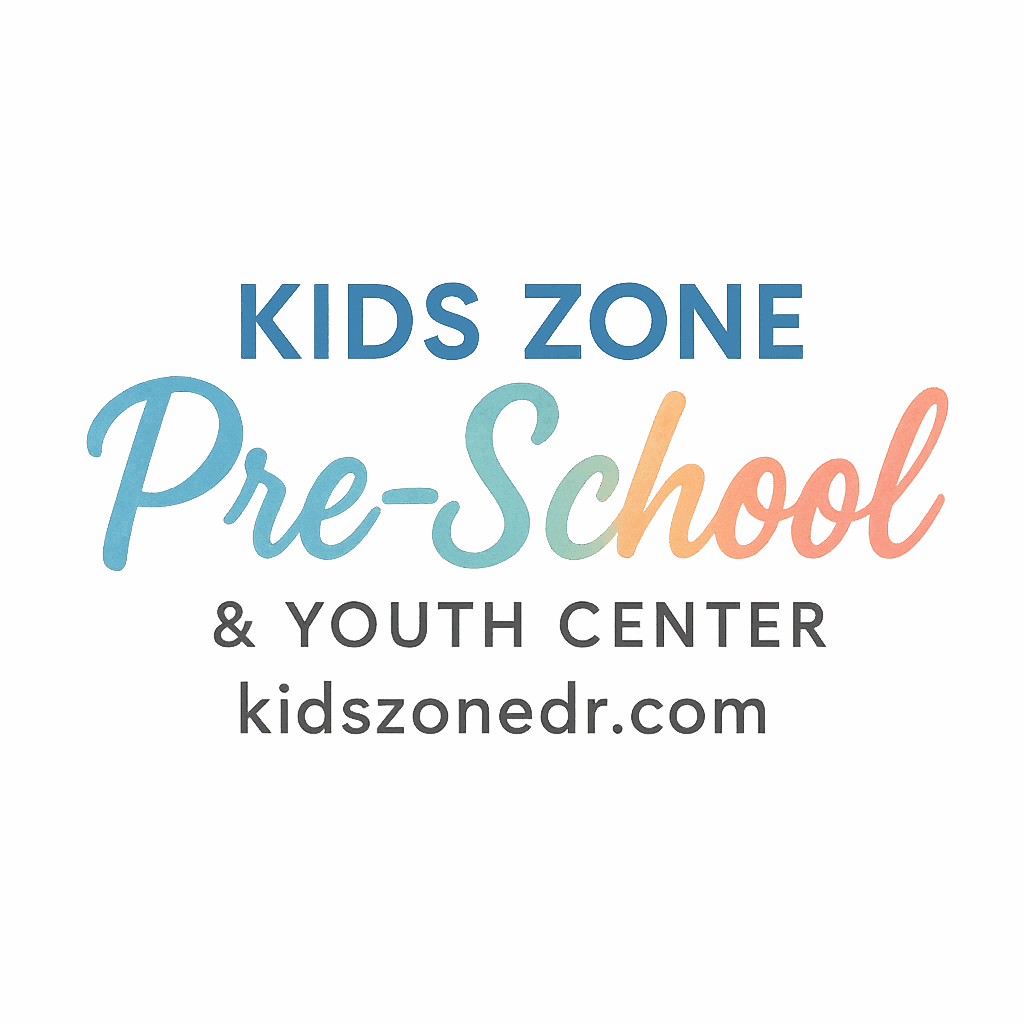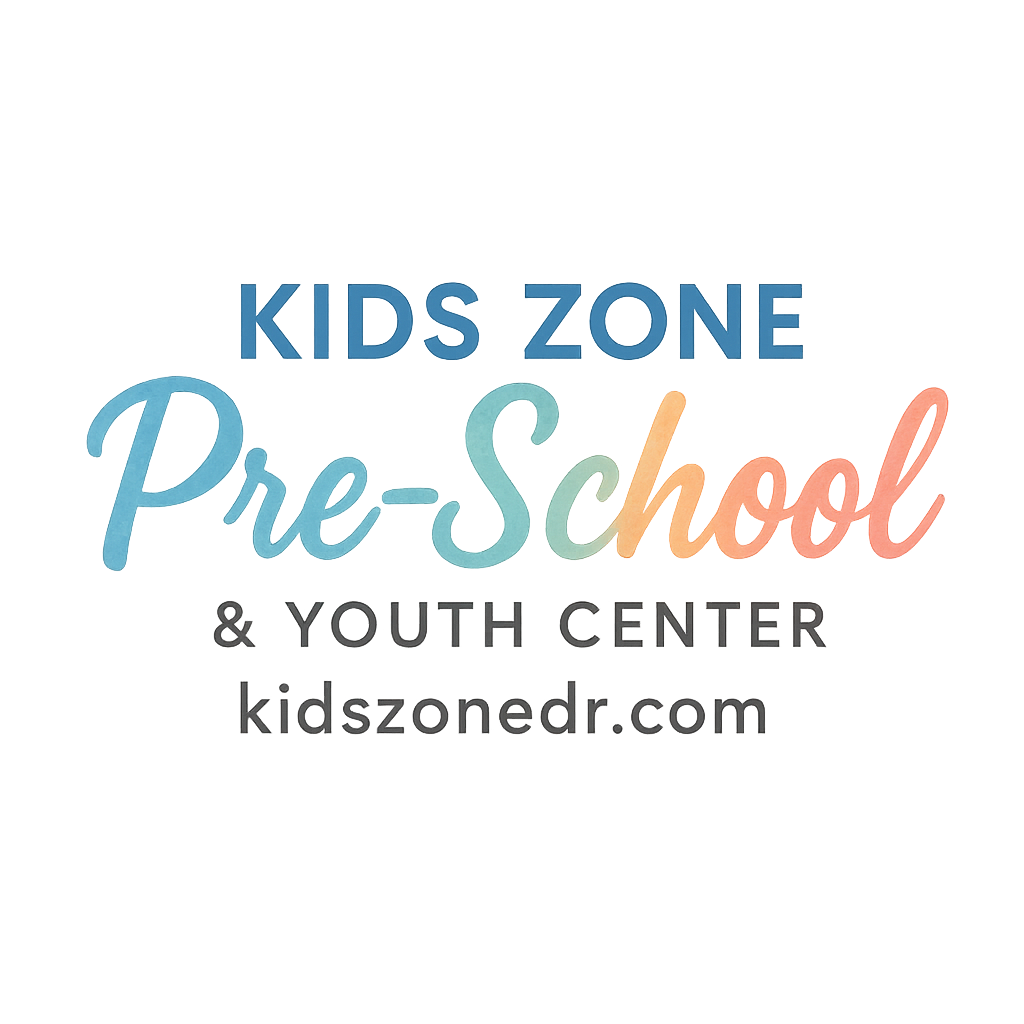Keeping little ones squeaky clean is more than just about avoiding germs—it’s a life skill that sets the foundation for their growth and confidence. In preschool, where kids interact closely and explore the world with every touch, teaching personal hygiene is a big deal. So today, we’re diving into 8 personal hygiene activities preschool kids can practice—and trust me, you’ll want to try these at home or in your classroom!
From toothbrushing giggles to superhero-style sneezes, this guide will walk you through simple, fun, and totally do-able hygiene habits for preschoolers.
Why Personal Hygiene Is Crucial in Preschool Years
Building Lifelong Healthy Habits
Preschoolers are at that magical stage where routines become second nature. Introduce personal hygiene early, and you’re not just fighting off germs—you’re instilling habits that can last a lifetime.
Connection Between Hygiene and Confidence
Clean kids are confident kids! Knowing how to care for themselves boosts self-esteem and gives them a sense of independence. Plus, their peers appreciate it too (no one wants to sit next to the kid with stinky feet).
1. Handwashing the Right Way
Let’s face it—preschoolers love getting messy. That’s why handwashing is the #1 hygiene skill to master.
Teaching Handwashing Through Fun Songs
Turn the sink into a stage! Sing “Happy Birthday” twice or create a silly 20-second handwashing song. Use glitter and soap games to show how germs stick until scrubbed off.
When Should Preschoolers Wash Their Hands?
Simple rule: Before and after meals, after using the toilet, after playing outside, and any time they sneeze, cough, or touch something icky. Build it into their daily routines and activities.
2. Brushing Teeth Twice a Day
Dental hygiene isn’t just for grown-ups. Preschoolers can brush too—with a bit of help!
Making Toothbrushing a Fun Habit
Use toothbrushing charts and colorful timers. Let them choose a toothbrush with their favorite character. Make it a bonding moment during the morning and bedtime routines.
Preschool-Friendly Toothbrush & Paste Tips
Pick soft-bristled toothbrushes and fluoride-free toothpaste for kids under 3. For kids 3 and older, pea-sized fluoride toothpaste works great. Don’t forget to help until they get the hang of brushing on their own!
3. Covering Sneezes and Coughs
One sneeze can spread more germs than a preschooler’s paint explosion!
Turning Elbows into Superhero Shields
Teach kids the “vampire sneeze”—where they sneeze or cough into their elbow. It’s like using a superhero shield to block the germs.
Why Tissues and Trash Cans Matter
Make tissue use a game. Teach: “Grab, blow, fold, toss, wash.” Practice it like a dance routine. Keep trash cans and sanitizer nearby.
4. Keeping Nails Trimmed and Clean
You’d be surprised what preschoolers can hide under their fingernails (spoiler: it’s not treasure).
Preventing Germ Spread with Clean Nails
Dirt and bacteria easily get trapped under nails, leading to infections or the spread of germs. Trimming nails weekly is a must.
Making Nail Time Less Stressful
Use storytime or calming music. Try “mani-pedi parties” where kids feel pampered. Bonus tip: let them decorate their clean nails with safe, kid-friendly polish!

5. Bathing and Body Cleanliness
Bath time should be fun, not a fight. And it’s the perfect opportunity to teach body awareness and care.
Creating a Positive Bath Time Routine
Add floating toys, bath crayons, or bubbles. Explain how each part of their body needs cleaning. Use language like, “Let’s wash away the playground fun!”
Teaching About Private Parts and Boundaries
Use age-appropriate language to teach children about body parts, privacy, and safe touch. Hygiene education is a great time to reinforce personal boundaries.
For more on how hygiene supports wellness, check out Health & Safety in Preschool.
6. Wearing Clean Clothes Daily
Wearing the same shirt three days in a row may be your preschooler’s vibe—but it’s not hygienic.
Helping Kids Recognize Dirty vs. Clean Clothes
Create a “sniff test” station—just kidding (kind of). Teach kids to check for stains, smells, and how clothes feel. Label drawers with outfit options to build independence.
Creating a Daily Hygiene Checklist
Post a chart that lists “change clothes, socks, underwear” each morning. Turn it into a game—stickers for clean clothes champs!
7. Foot Hygiene and Sock Swapping
Sweaty socks and growing feet? Not a great combo.
Preventing Smelly Feet and Fungal Infections
Encourage kids to wear fresh socks daily, wash feet thoroughly, and go barefoot at home sometimes to air things out.
Kid-Friendly Tips for Clean Feet
Use a fun “foot wash dance” in the tub. Keep shoes aired out. Avoid tight shoes. Bonus points for cute, breathable socks!
8. Toilet Hygiene and Wiping Properly
Toilet training and hygiene go hand in hand.
Step-by-Step Wiping Instructions for Kids
Teach them to wipe front to back, use enough toilet paper, and always flush. Use picture guides near the toilet to reinforce the steps.
Encouraging Independence with Toilet Hygiene
Reward small wins like wiping alone, flushing, and handwashing after. Preschool is where they start learning to do it all on their own—just with a little help at first.
How to Encourage Hygiene Habits at Home and School
Consistency Between Parents and Educators
It takes a village! Teachers and parents should team up to reinforce the same hygiene rules and celebrate progress together.
Using Routine Charts and Positive Reinforcement
Visual charts, stickers, and cheers go a long way. Add hygiene checkpoints into the daily preschool schedule and praise kids often!
Link Between Personal Hygiene and Preschool Development
Hygiene’s Role in Social Skills and Confidence
Nobody wants to feel (or smell) left out. Kids who practice hygiene are more confident and socially accepted, making school life smoother.
Supporting Developmental Milestones Through Habits
Each hygiene habit supports a developmental stage—fine motor skills, self-awareness, responsibility, and more. Learn how hygiene ties into preschool learning & development for deeper insights.
Conclusion
By practicing these 8 personal hygiene activities, preschoolers don’t just stay healthy—they gain confidence, independence, and lifelong skills. Whether you’re a parent, teacher, or caregiver, your encouragement can turn everyday routines into empowering life lessons.
Make it fun, keep it consistent, and watch how your little one transforms into a hygiene hero!
Explore more practical tips, guidance, and resources at KidsZoneDr.com!
FAQs
1. What is the most important hygiene habit for preschoolers?
Handwashing is the top priority because it prevents the spread of most germs, especially after bathroom use and before eating.
2. At what age should kids start brushing their own teeth?
With supervision, kids can start brushing around age 3, but parents should help until age 6–7.
3. How can I make hygiene fun for my preschooler?
Use songs, stickers, storytelling, and games to turn hygiene into a fun, daily adventure.
4. What if my child refuses to take a bath?
Try bath toys, bubbles, and praise. Keep it playful, not forceful.
5. Should preschool teachers teach hygiene too?
Absolutely! Hygiene is part of early education and is best reinforced in both home and school settings.
6. How often should I trim my child’s nails?
Once a week is usually enough. Check for dirt and keep them short to avoid scratching and bacteria buildup.
7. Is it okay to let preschoolers use hand sanitizer?
Yes, but only under supervision. Soap and water are best, but sanitizer works in a pinch.


